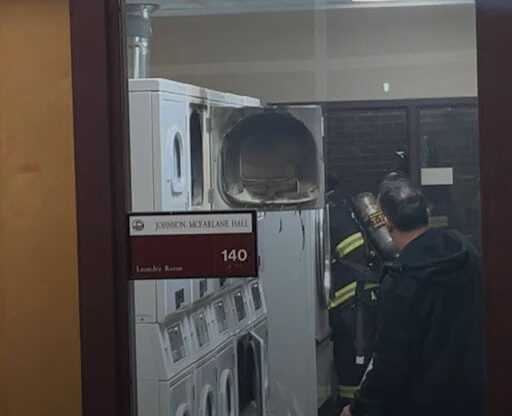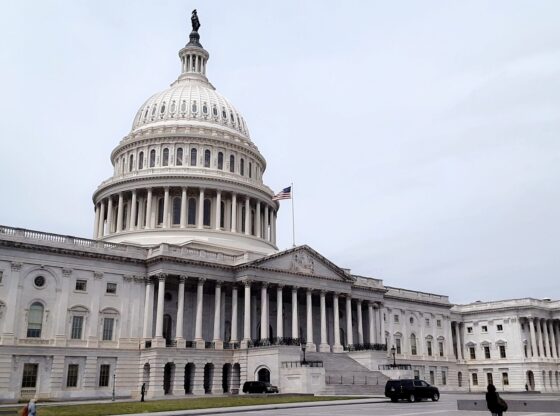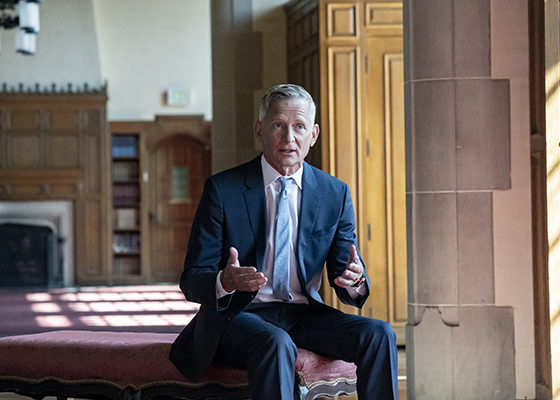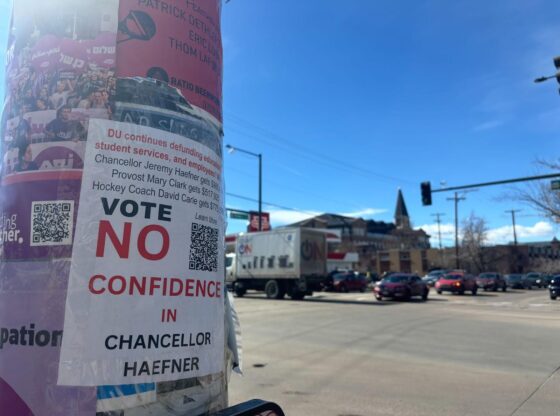On Feb. 8, a whistleblower revealed to the Wall Street Journal that the Church of Jesus Christ of Latter-day Saints, commonly known as the Mormon Church, has accumulated $100 billion over the course of half a century in what one member called a “rainy day” fund.
This knowledge remained kept within the church’s inner circle. The church is accused of sitting on these donations rather than using them for charitable works, as they are supposed to as a tax-exempt non-profit. Where the money is being used is a grey area.
It is important to understand the dynamic between the church and government—there isn’t one. The separation of church and state is at the root of these decisions, as the United States has a long-standing history of wanting to avoid religious influence in the government. The country was founded by Americans who left England for fear of religious persecution. You could say they were a little scarred from the strength of the Roman Catholic Church in Europe.
So far, this separation of church and state has gone hand-in-hand with tax-exemption. Churches are viewed as non-profits due to their supposed purpose of contributing to the public good. They are not only void of reporting taxes, but they are also granted automatic exemption from federal income tax without filing a tax return. This is an exception that does not exist for normal non-profits who are expected to report their financial activity and held accountable by the Return of Organization Exempt From Income Tax (Form 990).
Some fear that requiring churches to report taxes would place the government above religion and muddle the line between church and state. As there are many churches that actively help their communities and serve as strong support networks to their members. Yet how do we hold these churches accountable? Clearly having good faith in them is not sufficient enough.
The Mormon Church has approximately 16 million members, and all members must participate in tithing. Tithing requires that each member give 10 percent of their income to the church, under the pretense that it will be used to support the community and bring forth good.
Most members do not have an issue with the tithe but presently, there is concern over how the money is being used. The bulk of their “rainy day” $100 billion is gathered from investments and assets, but details cannot be derived as their finances aren’t public. The list of charities the Mormon Church contributes to can be found here. Annually, they only put $1 billion towards these charities and humanitarian causes. While that number may sound large, it is only 1 percent of their total funds.
It is not only the Mormon Church that dances with deception—various religious institutions have taken to the floor too.
At the end of 2018, two nuns stole $500,000 from their Catholic school and gambled it away in Las Vegas. In 2011, a member of the Korean Central Presbyterian Church took $700,000 by attaining control of the bank account and writing checks for himself. He was caught driving his Porsche. At Hyde Park Christian Church in 2011, their treasurer embezzled over $1 million, and once detected she fled to Venezuela. The list of incidences goes on and on. It is estimated that roughly 95 percent of church fraud goes unreported.
Currently, there is a lack of accountability within religious institutions. Something must be done, as the irony of self-indulging churches is unfortunately commonplace. While fears of combining governmental and religious interests were very real and present in the 18th century, with the passage of time, this threat has lessened.
The government should hold churches accountable, at least by requiring financial transparency. After all, if the government continues to turn a blind eye to the corruption, then it is indirectly making churches untouchable. From this entire debacle one can’t help wonder, if churches truly are for the people, then why hide behind the curtain?











